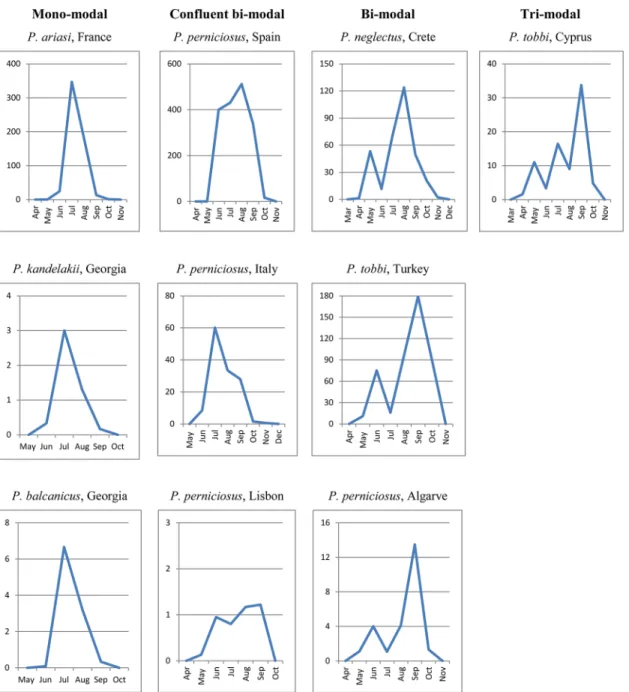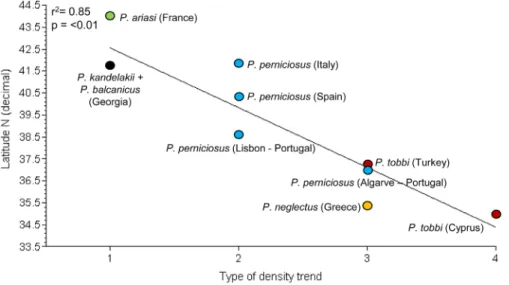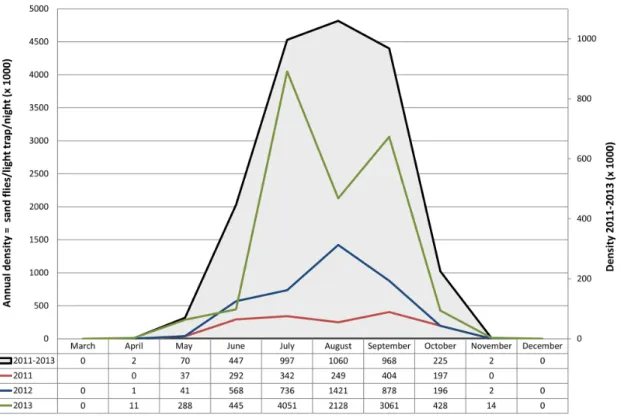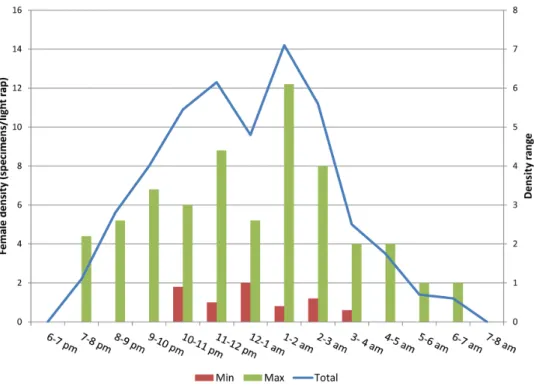Seasonal Dynamics of Phlebotomine Sand Fly Species Proven Vectors of Mediterranean Leishmaniasis Caused by Leishmania infantum
Texte intégral
Figure
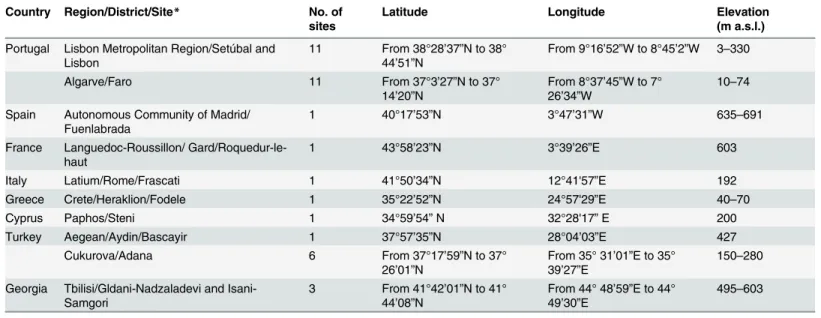
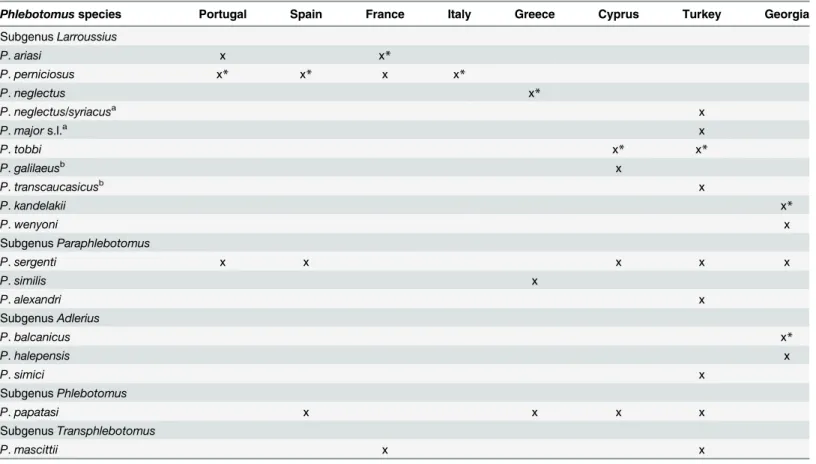


Documents relatifs
Abstract - - We present here a cross-sectional study analyzing the IgG1 and IgG2 immune responses to natural canine Leishmania (L.) infantum chagasi-infection and their
“Aleppo boil” caused by Le. tropica is rampant in war-torn Afghanistan and Syria); peri-domestic zoonoses in the Mediterranean region and Latin America (where dogs infected with
Department of Tropical and Infectious Disease, University Hospital of Avicenne, Bobigny, France; Parasitology and Mycology Laboratory, University Hospital of
• First precedent of complete Leishmania infantum genome sequencing with MinION that opens up several avenues of research with potential clinical applications 3.. • Accurate
Although human activity is considered to be a major driving force affecting the distribution and dynamics of Mediterranean ecosystems, the full consequences of projected
ce ral leishmaniasis by developping a vaccine that pro- tect dogs from developping parasitemia or cutaneous infection, and from becom ing reservoir hosts for the
GO enrichment analysis showed that 37 transcripts belonging to the protein phos- phorylation category are 2.04 to 8.93-fold upregulated in the LiSbR line (Table 2 and
Citation: Benabid M, Ghrab J, Rhim A, Ben- romdhane R, Aoun K, Bouratbine A (2017) Temporal dynamics and Leishmania infantum infection prevalence of Phlebotomus perniciosus
